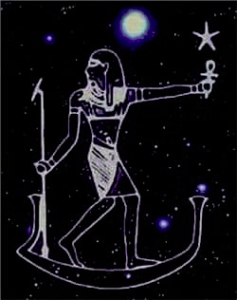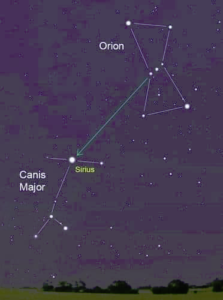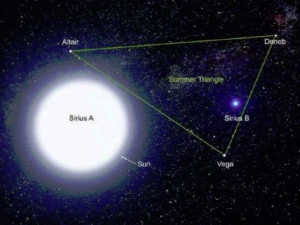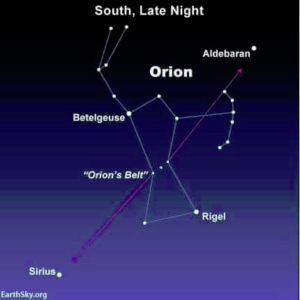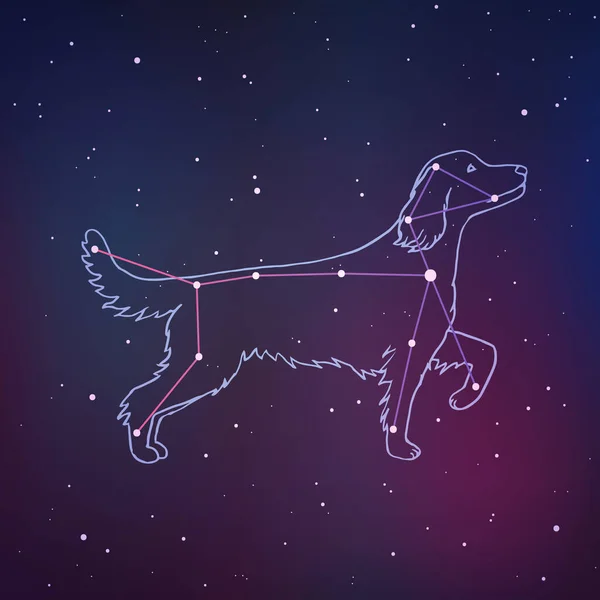<ins class='dcmads' style='display:inline-block;width:728px;height:90px'
data-dcm-placement='N46002.3910832MAHOGANYREVUE/B29181624.356591058'
data-dcm-rendering-mode='iframe'
data-dcm-https-only
data-dcm-gdpr-applies='gdpr=${GDPR}'
data-dcm-gdpr-consent='gdpr_consent=${GDPR_CONSENT_755}'
data-dcm-addtl-consent='addtl_consent=${ADDTL_CONSENT}'
data-dcm-ltd='false'
data-dcm-resettable-device-id=''
data-dcm-app-id=''>
<script src='https://www.googletagservices.com/dcm/dcmads.js'></script>
</ins>
The dog days or dog days of summer are the hot, sultry days of summer. They were historically the period following the heliacal rising of the star system Sirius (known colloquially as the “Dog Star”), which in astrology/astronomy is connected with heat, drought, sudden thunderstorms, lethargy, fever, mad dogs, and bad luck. They are now taken to be the hottest, most uncomfortable part of summer in the Northern Hemisphere.
In addition to following Orion into the night sky, the Dog Star Sirius can be easily located in the heavens by following the line created by the prominent asterism Orion’s Belt.
The Greeks knew the star α Canis Majoris by several names, including Sirius “Scorcher” (Seírios), Sothis, Sôthis, the Kemetic name for the ntru Sopdet (Spdt), and the Dog Star. The last name reflects the way Sirius follows the constellation Orion into the night sky.
Sirius is by far the brightest proper star in the night sky, which caused ancient astronomers to take note of it around the world. In Kemet (Egypt), its return to the night sky became known as a precursor to the annual flooding of the Nile and was honored as the ntchert Sopdet. In Greece, it became known as the precursor of the unpleasantly hot phase of the summer. Greek poets even recorded the belief that the return of the bright star was responsible for bringing heat and fever with it; it was also associated with sudden thunderstorms. In Homer’s Iliad, probably composed in the 8th century BC but representing an earlier tradition, Achilles’s approach towards Troy, where he will slay Hector, is illustrated through an extended metaphor about the baleful effects attending the return of Sirius:
The rising of Sirius during this period has been calculated as 19 July (Julian). Writing about the same time, Hesiod, however, considered the worst and hottest part of the summer to be the days before Sirius returned to the night sky. During this period, Sirius was invisible from the earth but it was apparently understood to still be in the sky, augmenting the power of the sun:
